All about secondary rubble

Crushed stone is a building material obtained by crushing and sieving rocks, waste from the mining and manufacturing industries, practiced in the construction of foundations, reinforced concrete (RC) structures and bridges. Based on the manufacturing technology, several of its varieties are recognized: limestone, gravel, granite, secondary. Let's talk about the last option in more detail.

What it is?
Secondary is the material obtained by crushing construction waste, recycling waste from removing the old road surface, demolishing houses and other objects that have fallen into poor condition. Thanks to the manufacturing technology, the price of its 1 m3 is significantly lower than that of other varieties.
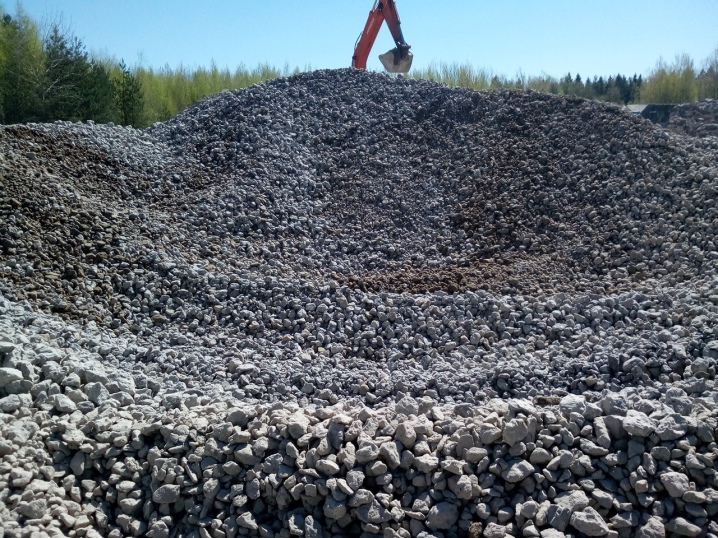
After going through additional processing, the secondary crushed stone, in essence, cannot be distinguished from the new one: the only difference is not such good characteristics of frost resistance and resistance to loads. This material is in demand in the building materials market. It has many positive characteristics and is also practiced in various fields of construction.
According to GOST, it is approved for use even in the construction of various industrial or residential buildings.
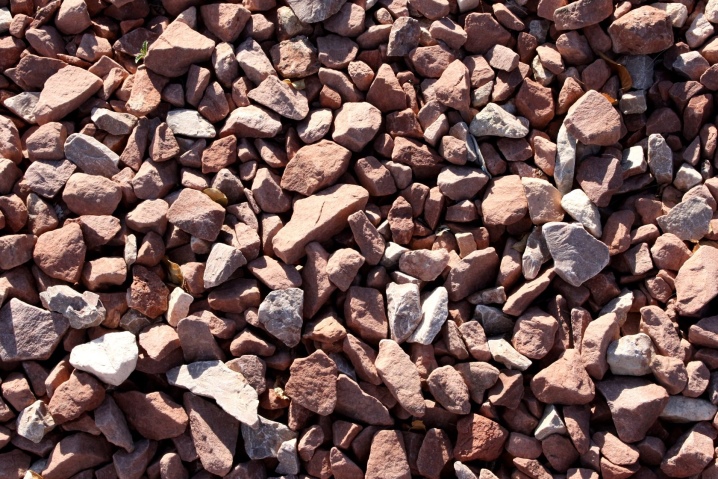
Secondary crushed stone has a number of advantages.
- Wide scope of use.
- Low price for 1 m3 (weight 1.38 - 1.7 t). For example, the cost of 1m3 of crushed granite is much higher.
- Economical manufacturing process.
This should also include a positive impact on the environment (due to a decrease in the number of landfills).
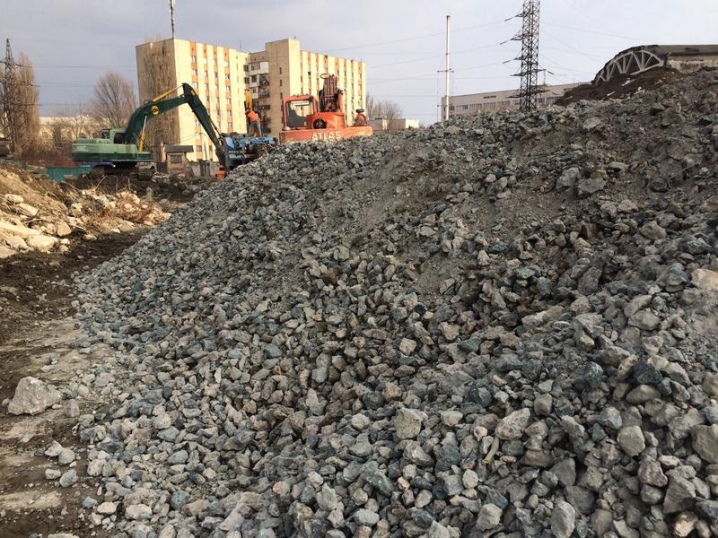
The negative parameters include the following.
- Low strength. Secondary crushed stone is inferior in this to granite, which does not prevent its use as a component of reinforced concrete structures.
- Low resistance to subzero temperatures.
- Weak wear resistance. For this reason, it is forbidden to use it in the construction of road surfaces that will subsequently experience high loads (streets in cities, squares and federal highways). However, it is ideal for backfilling dirt roads and pedestrian sidewalks.
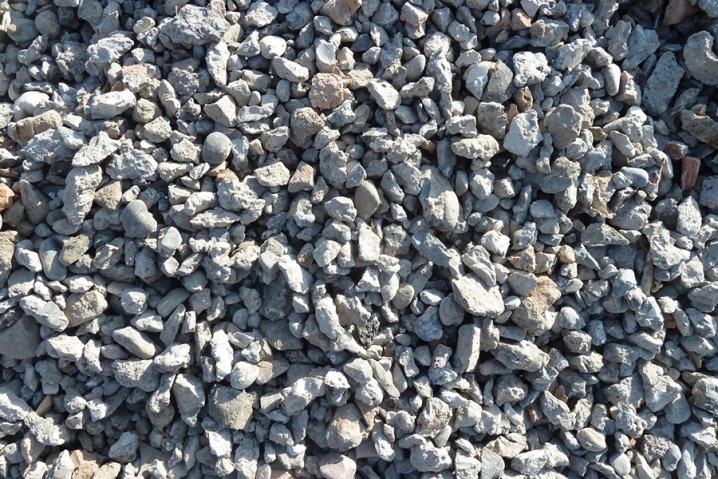
Main characteristics
Parameters by which the suitability and quality are assessed for use in specific tasks.
- Density... For shredded construction waste - in the range of 2000-2300 kg / m3.
- Strength... For crushed concrete, this parameter is worse than for natural crushed stone. To increase all the quality parameters of the scrap, which is used to make the solution, practice 2- or 3-stage grinding. This technology significantly increases the strength, but leads to the appearance of a large number of small particles.
- Frost resistance... This characteristic consists in the number of freeze-thaw cycles, which is able to withstand the material without significant indicators of destruction. For example: the frost resistance grade F50 assigned to crushed stone means that it will serve for at least 50 years. For shredded scrap, it is quite low - from F15.
- Flakiness... Inclusion of acicular or flaky (lamellar) particles. These include pieces of stone whose length is 3 times or more thick. The lower the percentage of similar elements, the higher the quality. For broken brick or concrete, this percentage should be within 15.
- Grain composition... The maximum size of an individual grain (stone) of bulk material, expressed in millimeters, is called a fraction. Construction waste is crushed into standard sizes in accordance with GOST (for example, 5-20 mm, 40-70 mm) and non-standard ones.
- Radioactivitydefined by 1 and 2 classes. The GOST indicates that in class 1 the number of radionuclides is approximately 370 Bq / kg, and such secondary crushed stone is practiced for many areas of construction. Class 2 crushed stone includes radionuclides in the amount of 740 Bq / kg. Its main purpose is to use it in road construction.
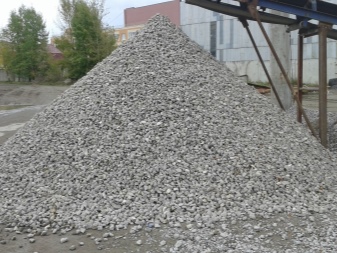
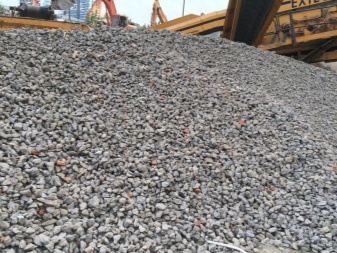
What happens?
Types of rubble from construction waste.
- Concrete... It is a heterogeneous mixture of pieces of cement stone of different sizes. In terms of parameters, it is insignificantly inferior to natural, primarily this relates to strength, however, it absolutely meets the requirements of GOST. It can be used when the technology does not require the use of higher quality materials.

- Brick... Better than other types, it is suitable for the construction of drainage, heat and sound insulation of walls. Crushed brick is also often used to add under the foundation, the construction of highways in wetlands. It is also suitable for the manufacture of mortars, which are not subject to high strength requirements. Scrap bricks made from chamotte clay are somewhat more expensive than scrap silicate ones, and are suitable as a filler for refractory mixtures.
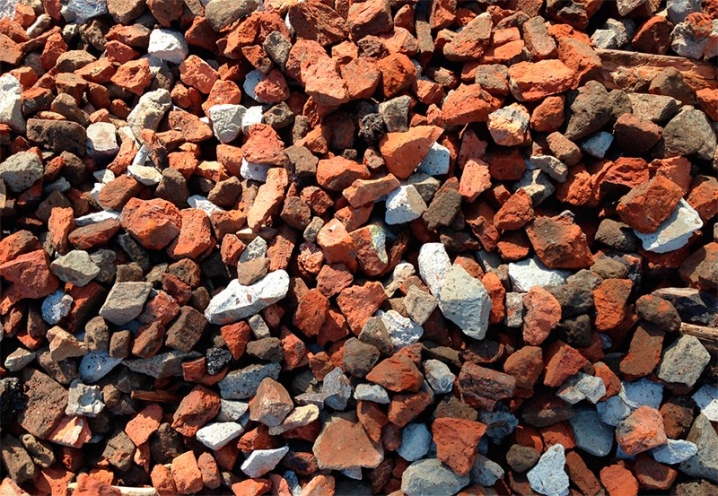
- Asphalt crumb... Includes fragments of bitumen, fine gravel (up to 5 millimeters), traces of sand and other additives. It is made by cold milling when removing old or damaged road surfaces. In comparison with gravel, it is the most moisture resistant, does not knock out from under the wheels of cars when driving. Crushed asphalt is used a second time for the improvement of garden and country paths, car parks, secondary highways canvases, in the construction of sports complexes, for filling blind areas. Minus - the inclusion of bitumen, this oil refining product is not absolutely environmentally friendly.
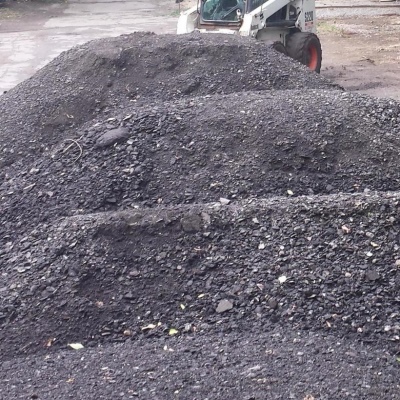
Popular manufacturers
- "The first non-metallic company" - owned by Russian Railways. The structure includes 18 crushed stone plants, most of which are located along the Transsib.
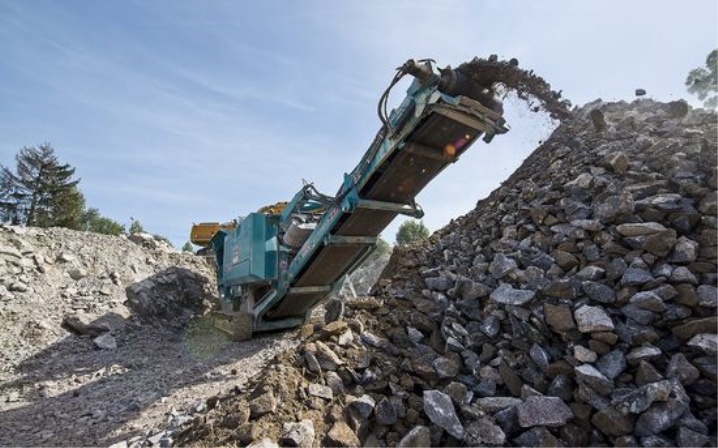
- "National Non-Metallic Company" - the former "PIK-nerud", supplies crushed stone for the PIK group. There are 8 quarries and factories in the European part of Russia.

- "Pavlovskgranit" - The largest company in Russia for the production of crushed stone by unit capacity.
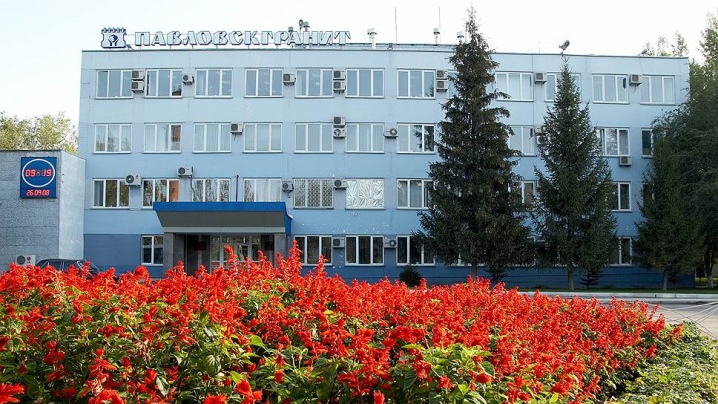
- "POR Group" Is the largest construction holding in the north-west of Russia. It has several large quarries and crushed stone plants in its structure. Part of the construction holding SU-155.
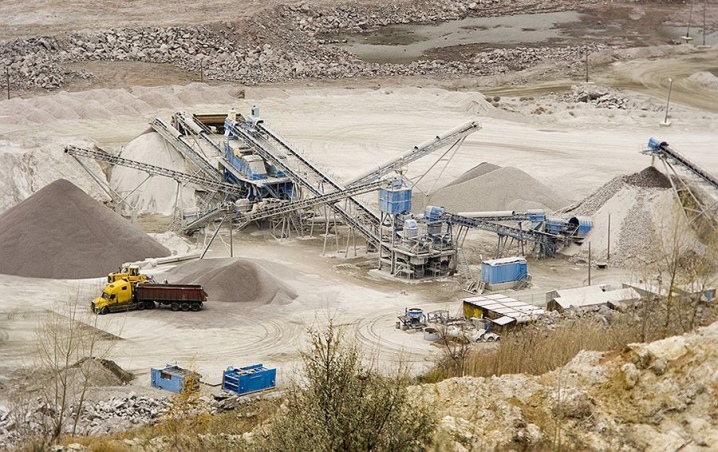
- "Lenstroykomplektatsiya" - part of the holding PO Lenstroymaterialy.

- "Uralasbest" - the largest producer of chrysotile asbestos in the world. The production of crushed stone is a side business for the plant, which gives 20% of the proceeds.

- "Dorstroyshcheben" - controlled by private entrepreneurs. It supplies crushed stone from several quarries in the Belgorod region, where it is a monopolist, including from Lebedinsky GOK.

- "Karelprirodresurs" - owned by CJSC VAD, which constructs roads in the north-west of Russia.

- Eco-crushed stone company is a direct producer of secondary crushed stone. Whenever you can order the volume of crushed stone you need and be sure of the timely delivery of high-quality material from the manufacturer.
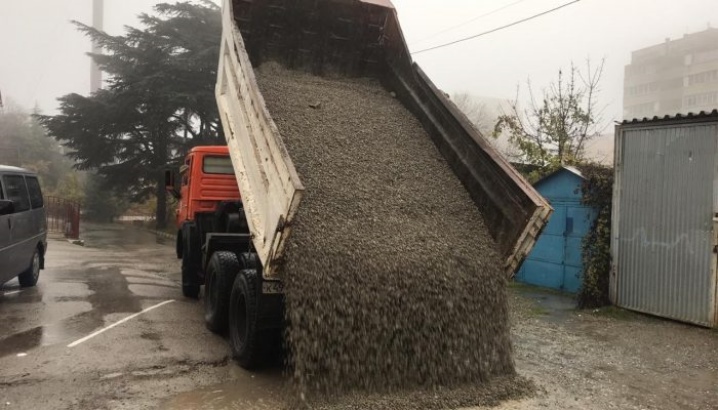
Applications
Secondary crushed stone produced by crushing construction waste (asphalt, concrete, brick) is characterized by impressive durability. And as a result of this, the areas of its use are expanding, coupled with an increase in production. At the moment, secondary crushed stone can replace up to 60% of the total volume of crushed stone during the construction of structures. It is necessary to consider in more detail the most diverse areas of using the crushed stone in question as a building material.
- Aggregate for concrete (crushed stone-sand mixture). This is a particularly common way of using recycled gravel; in the form of an aggregate for concrete and reinforced concrete structures, both coarse-grained and non-sifted crushed stone are practiced.
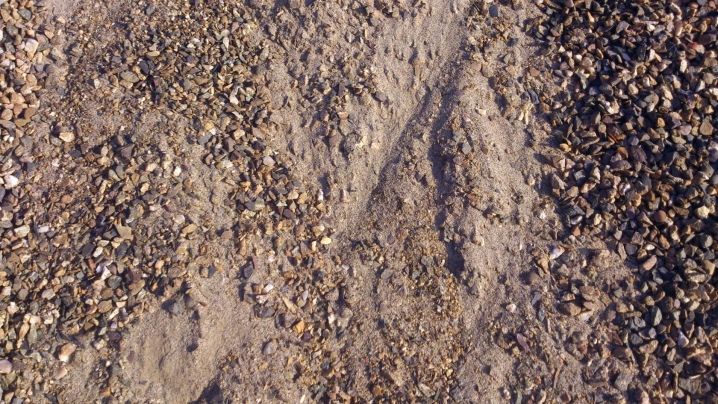
- Anchoring the soil. This material is often practiced as a retainer for weak or moving soil layers during the construction of buildings. It is permitted by GOST for use in the form of a bedding in the construction of engineering networks (heat and water supply systems, drainage systems, and others).

- Backfilling of roads. Secondary crushed stone, especially with the addition of asphalt crumbs, is often used as a backfill in the construction of roads and parking lots, in the form of a lower layer of such a backfill.
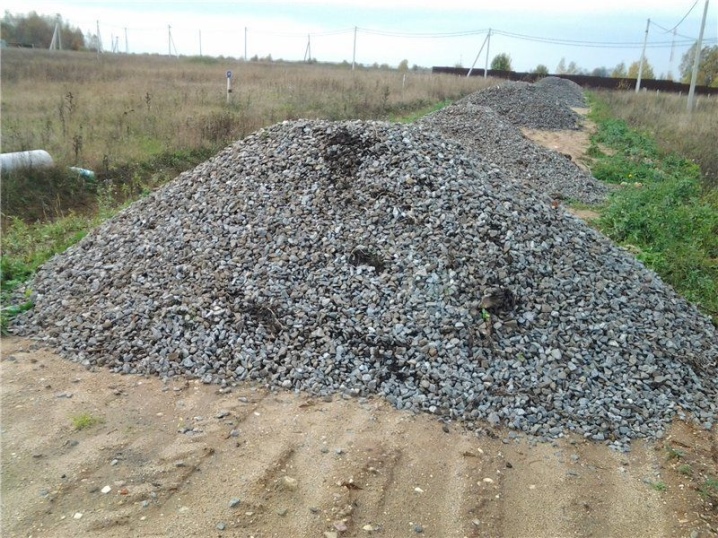
- Drainage... The drainage characteristics of crushed stone make it possible to use it to drain water, you can fill the foundation, arrange pits.
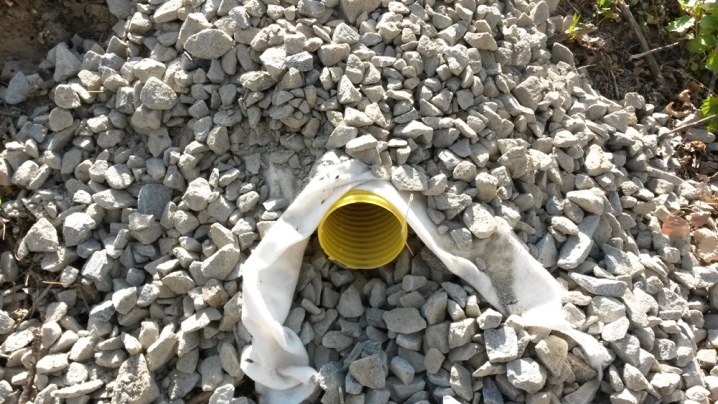
- Road construction (as a pillow)... For dirt roads or roads in individual housing construction, it is allowed to use secondary crushed stone instead of ordinary granite. Only when constructing highways with a significant load (federal significance, for example), the use of such gravel is prohibited.

- Pouring the floor in industrial premises. In the form of a filler when pouring a floor in industrial buildings (warehouses, workshops and others), this crushed stone is practiced as a largely low-cost material without reducing the quality of work.
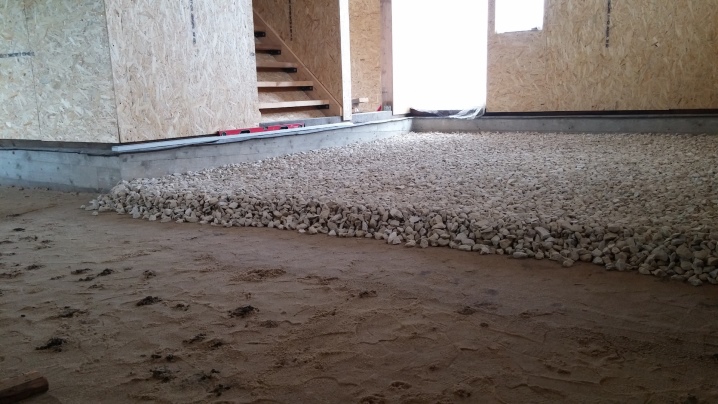
- Athletic facilities... For example, as a gravel-sand base of a football field with artificial turf.
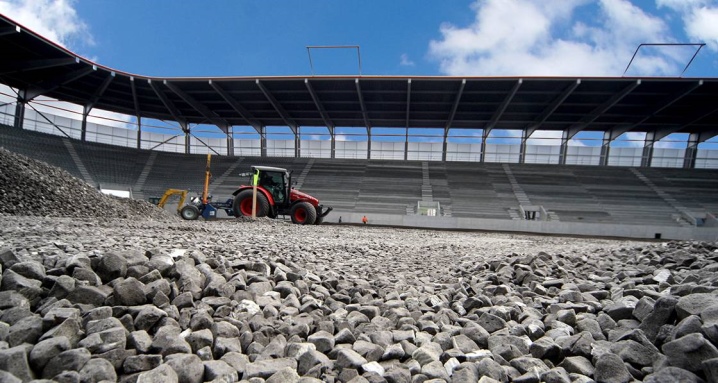
- For decoration. Since, thanks to the initial raw materials, such crushed stone looks quite attractive and interesting in appearance (black blotches of asphalt, white-gray concrete fractions, orange-reddish pieces of brick), it is intensively used for all kinds of decor. For example, garden and park paths are poured with such gravel, “alpine slides” and “dry streams” are ennobled, and they are dumped along the banks of man-made reservoirs and summer cottages.
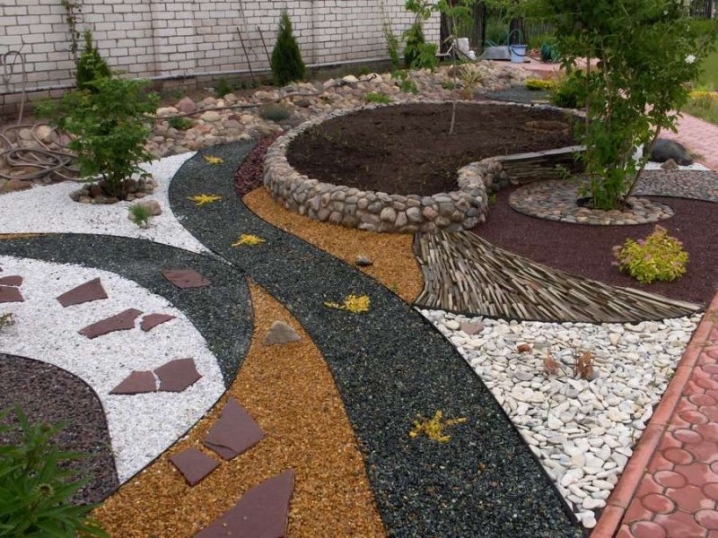
It should be noted that only the most common ways of using crushed building materials residues are described here, but in fact the scope of application is much wider.













The comment was sent successfully.